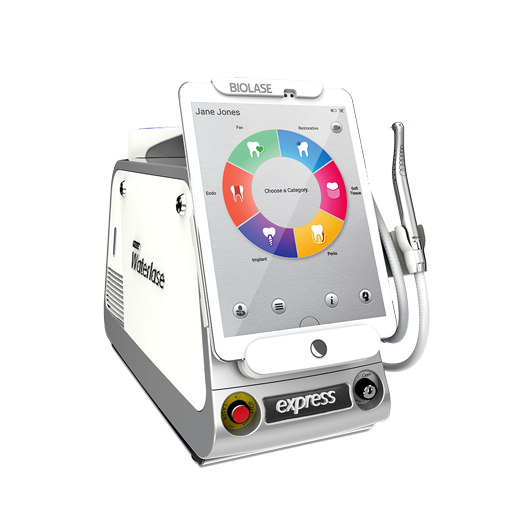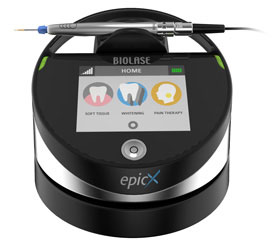Toothpaste spittle should not be 50 shades of crimson – bleeding gums may signify more serious health issues.
While the smallest amount of pink may not seem like a big deal, it is. Gums that bleed consistently can be a sign of early gum disease known as gingivitis. The unalluring medical condition can lead to serious consequences, including tooth loss (yikes) and receding gums.
To help prevent gum disease, it’s important to brush with a soft-bristle brush and floss every day to remove harmful bacteria that can cause plaque buildup along the gum line. A few other ways to help keep the red away are:
- Avoid tobacco products
- Review prescription medications with a dentist
- Use an oral irrigator
- Use proper brushing and flossing technique
- Use a non-alcohol mouth rinse
- Maintain a healthy diet
The American Academy of Periodontology also recommends a comprehensive periodontal evaluation, or CPE, on an annual basis.
The CPE can gauge the health of gums (bleeding or not), diagnose disease, assess risk for disease, and determine treatment if needed. If caught early enough, bleeding gums can be controlled with good oral hygiene habits and regular professional cleanings. More severe forms of gingivitis and periodontitis can be treated successfully but may require more extensive care with traditional dental gadgets.
Minimally-invasive laser surgery might also be recommended to treat gum disease. The WaterLase iPlus laser with REPAIR, for example, combines laser energy with a gentle spray of water to manipulate problematic gums. Added benefits include less swelling and post-operative sensitivity for a “Wow! That was it.” dental experience.
October has been designated as National Dental Hygiene month to help raise public awareness about oral hygiene and put an end to bleeding gums for good.



